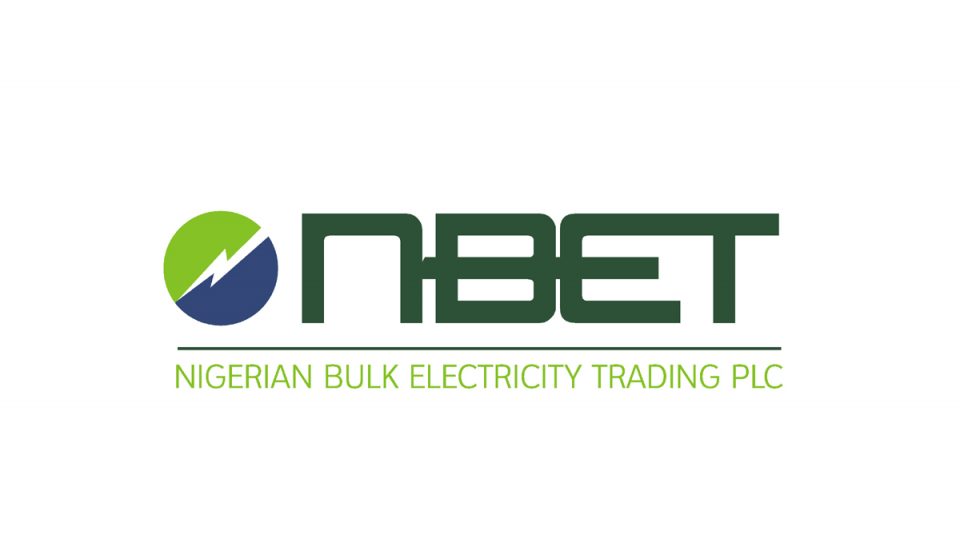Remittance of Nigerian Bulk Electricity Trading PLC, NBET, to the Generation Companies of Nigeria, GENCOs, has declined by over 45 per cent to N146.5 billion between January and April 2022, from N267.6 billion in the corresponding period of 2021, according to the latest report from the NBET.
Details of the report indicated that the GENCOs had issued an invoice of N267.7bn between January and April 2022, but received 45.26 percent, about N146.5billion, leaving them with N121.1bn debt or 45.26 percent short of the total payment. Accordingly, between January and April 2021 an invoice of N345. 7 billion was issued to the NBET but it could only raise 22.5 percent, about N267.8 billion, leaving them with N77.9 billion short of the total payment. However, Azura power recorded the highest remittance to the tune of N7.9 billion in 2022 and Egbin N14, 8 billion in 2021, as Mabon Hydro which had the lowest remittance got N157.9 million during the period.
Reacting, the Chief Executive Officer, Centre for the Promotion of Private Enterprise, CPPE, Dr. Muda Yusuf, called for a short and long term framework to address issues in the country’s power sector. He said: “We need a government intervention and a long term intervention as well. For the short term, what is needed to address should be addressed ranging from insecurities, inadequate supply of gas etc,. Government should intervene and solve these crises.
“In the long term, the issue of power sector reform decentralisation of the power supply and less reliance on the national grid should be addressed. This is to enable less pressure on the grid so these collapses would not be pronounced. Nigeria is too big for the kind of centralized power we are operating currently. Also, the generation companies have called for more investment from the government and the Distribution Companies, DISCOs to grow efficiently as well as make profit in the power sector.”
According to them, “The inability of the system operator to maintain grid stability to acceptable technical limits has exposed generator units to perform beyond factory rated capability. Frequency deviations out of technical tolerable limits are not only damaging to the units but also are increasing both the machines fixed maintenance cost and variable maintenance costs. Steel mills forms a large chunk of funds both for the DISCOs and the TCN but detrimental to the generation machines. It is trite that Steel mills create harmonics and cause voltage fluctuations at a very high level. These harmonics create lots of stress on the rotors of the turbines. They create inverse torques on the blades of the rotors producing cracks and distortions.
“Due to the Steel mills, the aggregate Steel mills loads can easily represent several hundreds of MW varying six to 10 times an hour from close to 0 MW up to 500 MW and down again close to 0 MW. In addition to the load volatility, there are huge problems created by the Steel mills: The GENCOs do not believe that the DISCOs are significantly improving the quality of their Distribution feeders this will be further buttressed during the upcoming raining season as a high quantity of feeders’ trip during the next raining season. Hence, in addition to procuring spinning reserve, there is need for adequate monitoring and sanctioning of all participants who go outside the grid code specification.
“Furthermore, NBET applies the efficiency model or component in computing the GENCOs Gas consumption. The GENCOs are expected to pay 100 percent to their Gas suppliers, however going by the efficiency model, the GENCOs pay about 15 to 20 percent added cost to what is paid by NBET.
The implication is that what NBET considers as 100 percent, is 120 percent to the GENCOs. Another damning impact on the GENCOs is the accrual of the Equivalent Operating Hours, EOH, before the ascribed time. For instance, where GENCOs are expected to spend about two billion naira on major inspection every four years, due to the efficiencies, the period is shortened to two years.
The capacity always needs to be available. The foregoing, portend that paying for spinning reserve is just a little way of compensating a generating plant who suffers greatly just to keep the grid running.
Also it is a right mandated by the grid code and if we are going by the provisions of the Market rule 1;4, all market participant must adhere to the prevailing marked rules and codes.”




